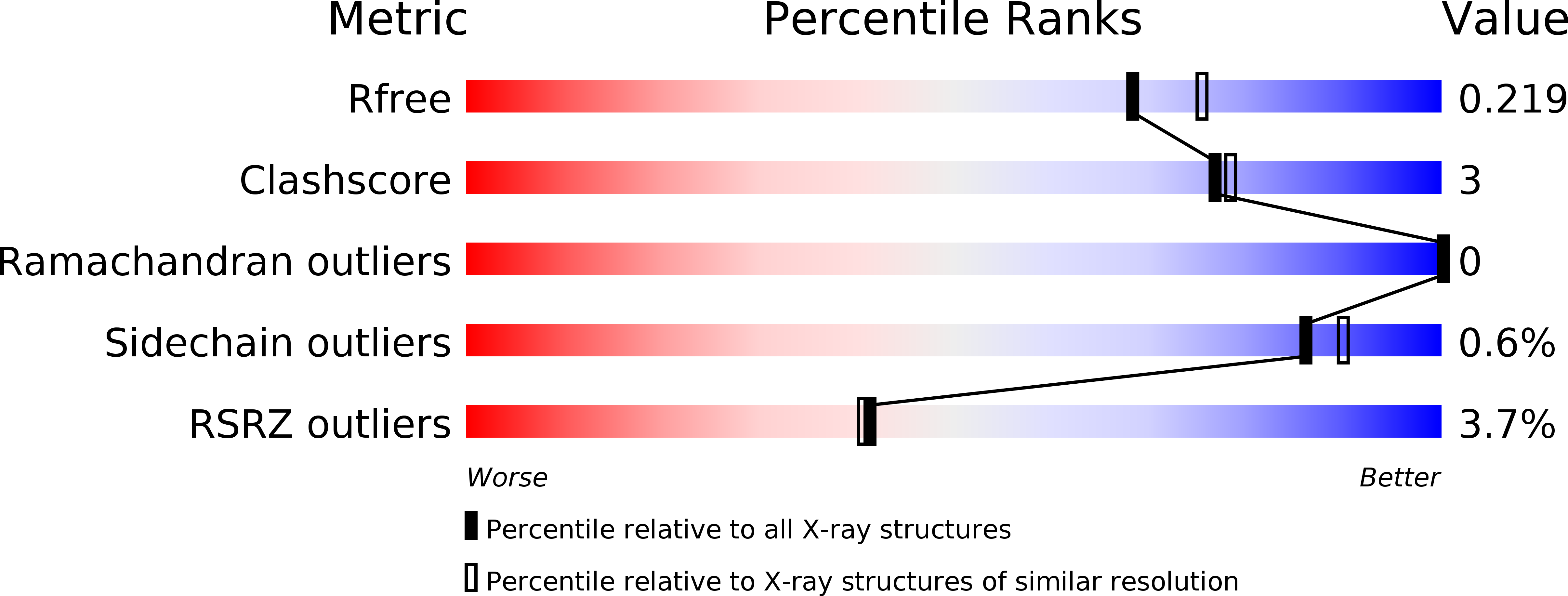
Deposition Date
2012-03-30
Release Date
2013-02-27
Last Version Date
2024-02-28
Entry Detail
PDB ID:
4EGC
Keywords:
Title:
Crystal Structure of MBP-fused Human Six1 Bound to Human Eya2 Eya Domain
Biological Source:
Source Organism:
Escherichia coli (Taxon ID: 562)
Homo sapiens (Taxon ID: 9606)
Homo sapiens (Taxon ID: 9606)
Host Organism:
Method Details:
Experimental Method:
Resolution:
1.99 Å
R-Value Free:
0.22
R-Value Work:
0.18
R-Value Observed:
0.18
Space Group:
P 21 21 2


